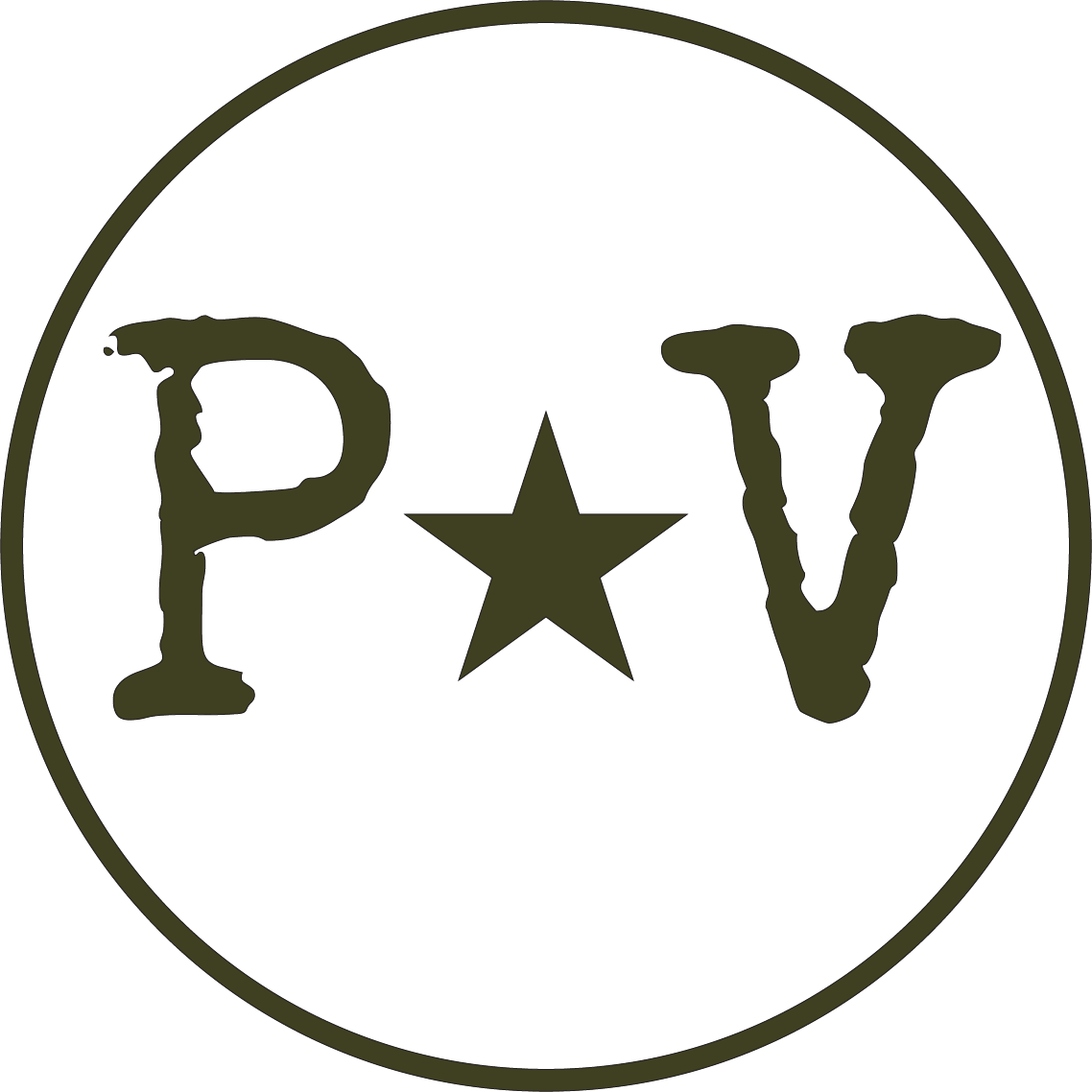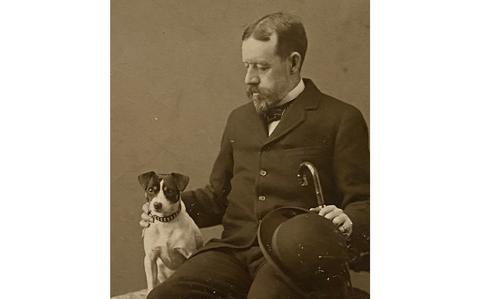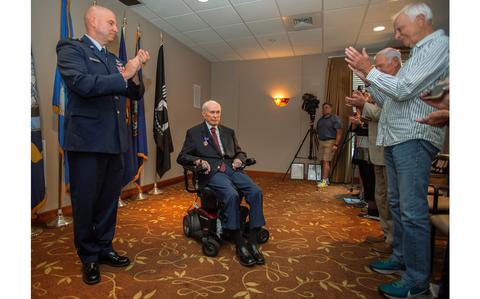Your civilian resume is your ticket to a successful transition from military service to the civilian workforce. This guide offers valuable advice on crafting a standout resume tailored to civilian employers.
Information Collection
- Obtain your Verification of Military Experience and Training (VMET) through the Department of Defense to summarize your military skills.
- List your technical skills, especially if you’re a computer technician, mechanic, or engineer.
- Translate your military job training into civilian terms, highlighting skills like budgeting.
Choose the Right Format for You:
Selecting the appropriate resume style is crucial in effectively presenting your qualifications to potential employers. Your choice should align with your strengths and the type of job you’re seeking. Here are three common resume styles:
- Chronological Resume: Highlight Your Work History
- Description: The chronological resume focuses on your employment history, beginning with your most recent job and working backward. This format is ideal if you have a consistent work history and want to showcase your career progression.
- Why Choose It: It’s perfect for those with a strong work history in a specific field. It allows you to emphasize your responsibilities and accomplishments under each job, highlighting your growth and expertise over time.
- Functional Resume: Emphasize Your Skills
- Description: The functional resume prioritizes your skills and qualifications over your work history. It’s a great choice if you want to de-emphasize gaps in employment or if your skills are more relevant than your work history.
- Why Choose It: Use this format if you’re changing careers or have gaps in your employment history. By dividing your skills and accomplishments into specific areas of expertise, you can effectively highlight your strengths.
- Combination Resume: Balance Skills and Experience
- Description: The combination resume offers a balanced approach, blending elements of both chronological and functional formats. It allows you to lead with your skills while providing a concise employment history.
- Why Choose It: This format is ideal for individuals with diverse skills earned in various jobs. It lets you spotlight your skills prominently, followed by a concise employment history. It’s a versatile choice that caters to a wide range of experiences.
The key to a successful resume lies in selecting the style that best suits your qualifications and career goals. Whether you have a strong work history to showcase in a chronological resume, want to emphasize your skills in a functional resume, or find the balance of a combination resume appealing, make sure your choice effectively communicates your strengths to potential employers. Remember, a well-chosen resume style enhances your chances of standing out in the competitive job market.
Include Essential Components:
- Contact Information: Provide your name, address, phone number, and email address.
- Objective or Job Target: State your desired job and what makes you uniquely qualified in one or two lines.
- Summary of Qualifications: Include a bulleted section highlighting your skills, experience, certifications, and training.
- Employment History: Tailor this section to your resume style.
- Education and Training: List relevant schools or military training schools without necessarily including dates.
- Special Skills: Mention foreign languages, computer skills, or other relevant abilities.
Make Your Resume Unique:
- Customize your resume for each job application to highlight qualities sought by the employer.
- Translate military terms into civilian language, avoiding acronyms.
- Showcase your accomplishments with quantifiable data.
- Keep your resume concise, limiting it to one or two pages.
- Include relevant volunteer experience.
- Omit unnecessary personal details like marital status, height, weight, or religious affiliation.
- Ensure impeccable spelling and accuracy.
- Always accompany your resume with a well-crafted cover letter that explains your interest in the position and how your skills make you the ideal candidate.
Tap into Resume-Building Tools
Utilize online resources to build your resume and translate military credentials into civilian skills:
- Veteran’s Employment and Training Service (U.S. Department of Labor): Offers an online job exchange, skills translator, resume builder, and more.
- Department of Veterans Affairs: Provides an interest profiler, educational and career counseling, and links to job resources.
- Resumeengine.org (Hiring Our Heroes): Offers an easy-to-use resume application that translates military records into a civilian-friendly format.
Prepare Early for Your Job Search:
- Begin your preparation for civilian employment as early as possible.
- Seek assistance from Transition Assistance Program offices on your installation or Military OneSource’s Transitioning Veterans specialty consultation.
- For federal employment, upload your resume to federal resume-building websites like USAJOBS.
Transitioning to a civilian career is a significant step, but with a well-crafted resume and proactive preparation, you can successfully navigate this transition.
Focus Keyword: Civilian Resume Tips for Veterans




